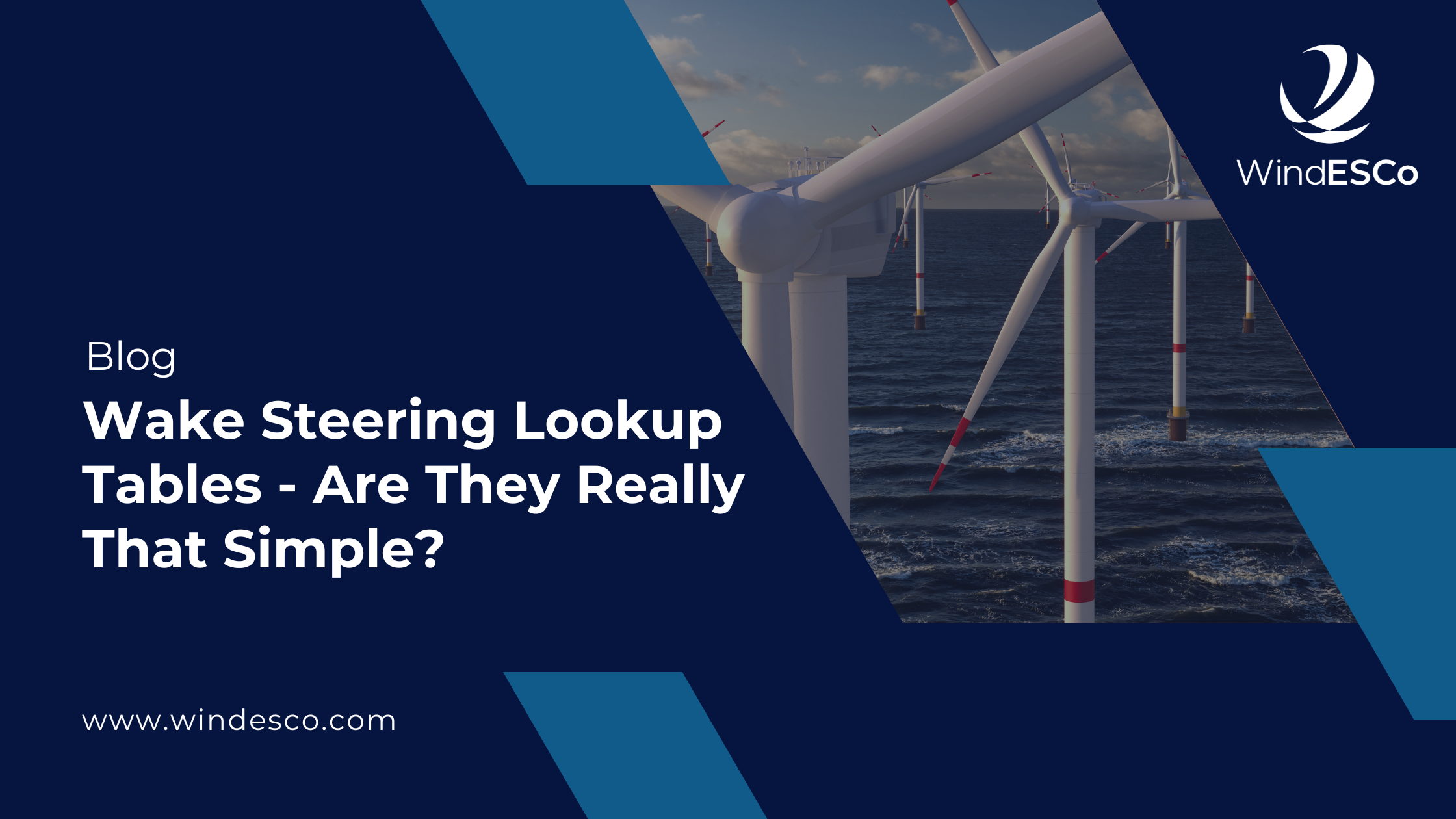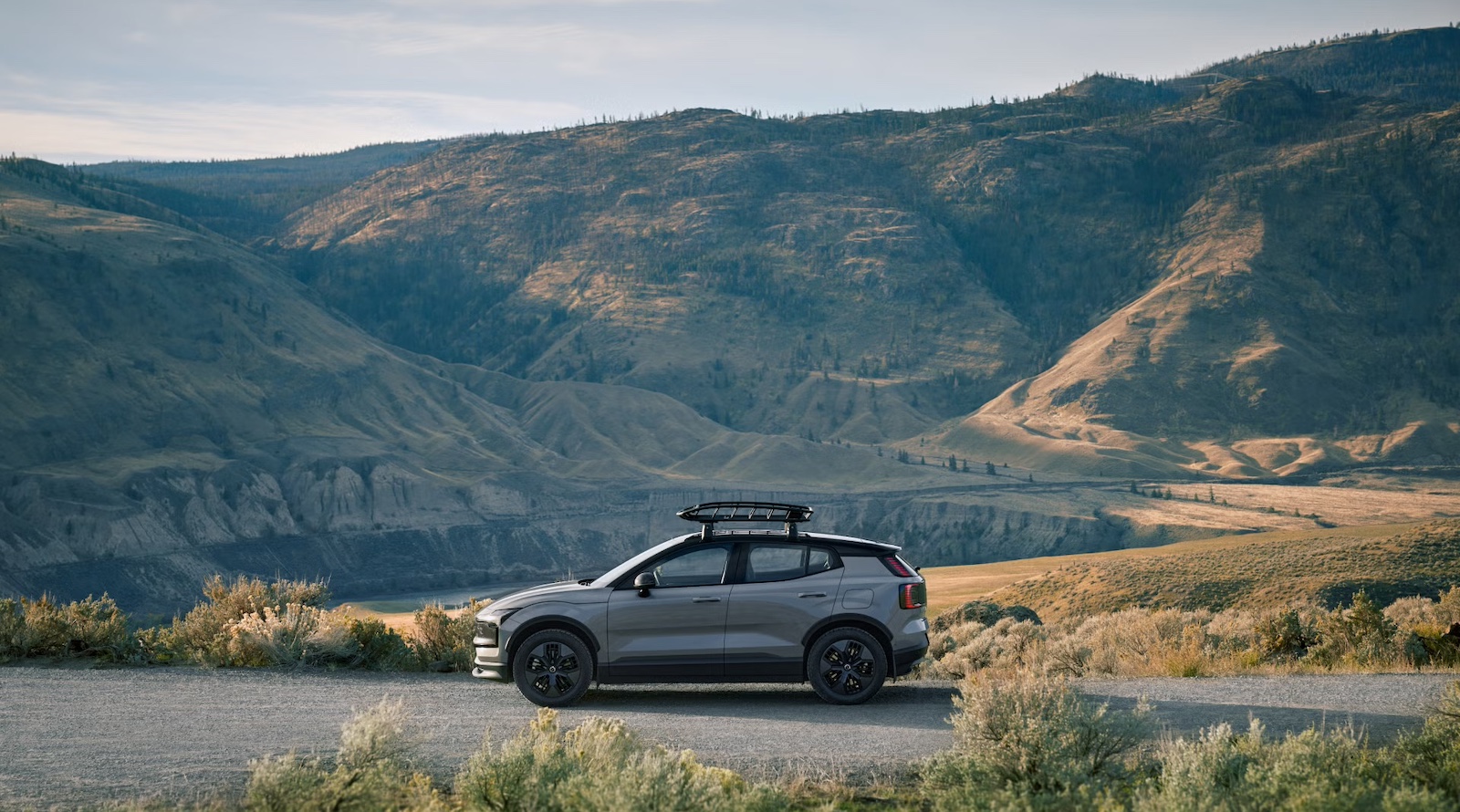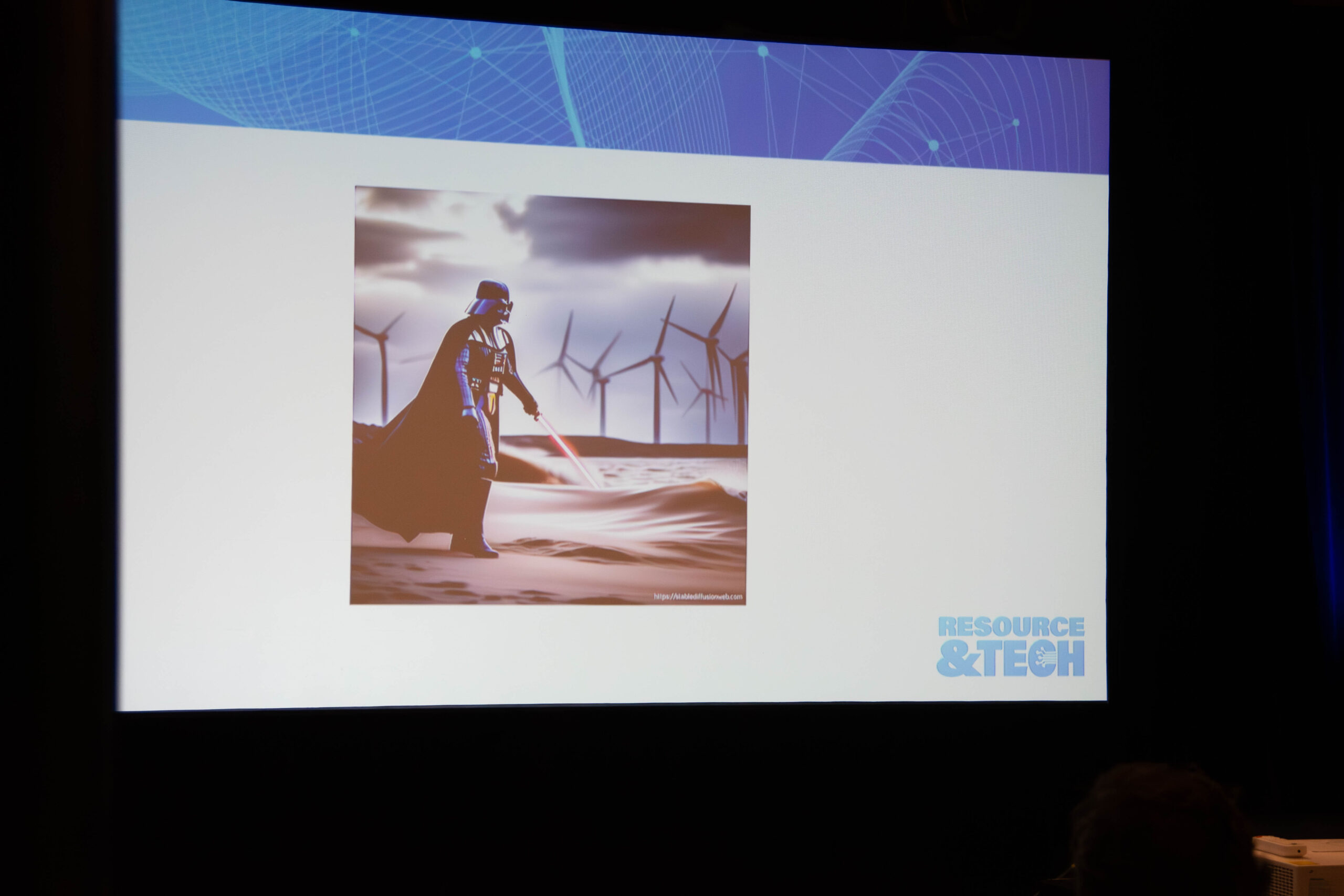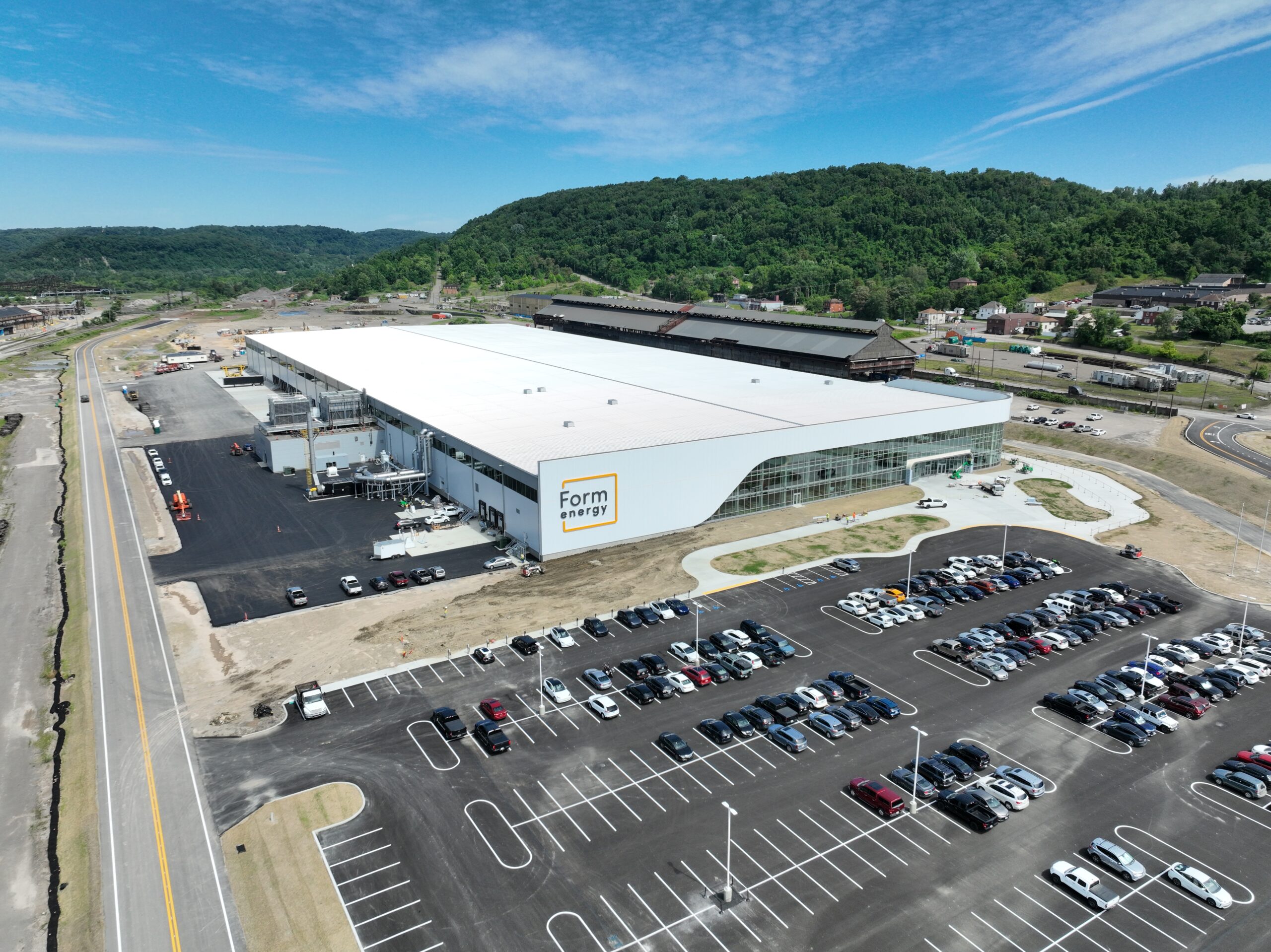Wake Steering Lookup Tables - Are They Really That Simple?
In part two of this mini-blog series, WindESCo walks you through what to consider when compiling a lookup table, what is required, and what challenges may arise through this approach.

In part two of this mini-blog series, WindESCo walks you through what to consider when compiling a lookup table, what is required, and what challenges may arise through this approach.
Static lookup tables are frequently used in the wind industry for wake steering control due to their perceived simplicity and ease of integration. These tables are pre-computed and define for a range of wind conditions the optimal yaw angle adjustment for wake steering wind plant optimization. However, how simple can this approach be if it is to be effective?

There are many factors to consider when compiling a lookup table for wake steering, including:
- What wind and atmospheric conditions need to be considered?
- What range and bin resolution should be applied?
- Must we consider the operational state of the turbines? How will the offsets be impacted by turbines being derated or offline for maintenance?
Let’s assume these are the main considerations when compiling a lookup table and let’s assume the following:
- 360 wind direction bins (1° bin resolution)
- 10 wind speed bins (resolution depends on the wind speed range considered, typically defined between the cut-in and rated wind speeds) - wake intensity decreases at higher wind speed as less momentum is extracted from the inflow
- 10 turbulence intensity (TI) bins (resolution depends on the TI range considered)
- Boolean defining the operational state of the turbine (i.e., online/offline)
In a 50 turbine wind plant, 4x1019 table rows would be required to model this lookup table, which presents data storage and processing power issues. Despite being “static” (i.e., ignoring the fact that these tables may need to be regenerated based on field learnings, turbine power curves changes, etc.), it is a stretch to say that they are simple, let alone effective.
| Wind Direction | Wind Speed | Optimal T1 Yaw Pos | Optimal T2 Yaw Pos | -- | Optimal TN Yaw Pos |
| 0 | 10 | -15 | 0 | -- | 0 |
| -- | -- | -- | -- | -- | -- |
| 350 | 20 | 350 | 350 | -- | 350 |
Other challenges that are difficult to account for in this approach include:
- Spatial heterogeneity; i.e., how does wind speed, direction, and TI vary between turbines and how is this information used to determine the governing flow conditions?
- Uncertainty in turbine measurements; how reliable are local turbine measurements in defining the governing flow conditions? How are potential biases accounted for?
These challenges which impact our ability to extract an accurate understanding of the governing wind conditions are difficult to quantify and even more difficult to account for using a static lookup table.
Through 5+ years of system prototyping and field validation, WindESCo understands that a more sophisticated approach using engineering wake models and data-driven submodels is needed to ensure effective and reliable wake steering. Despite determining optimal yaw setpoints in real time, the WindESCo approach using model-based control has lower storage requirements (suitable for resource-constrained wind plant servers) compared with these lookup tables and has the capacity for frequent model tuning and validation without requiring expensive rebuilds of the lookup table.
![]()
What's Your Reaction?





























































